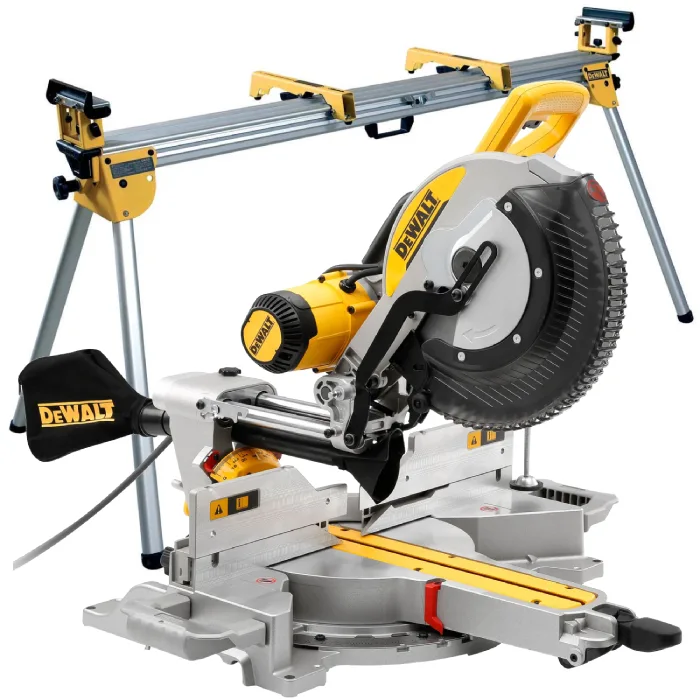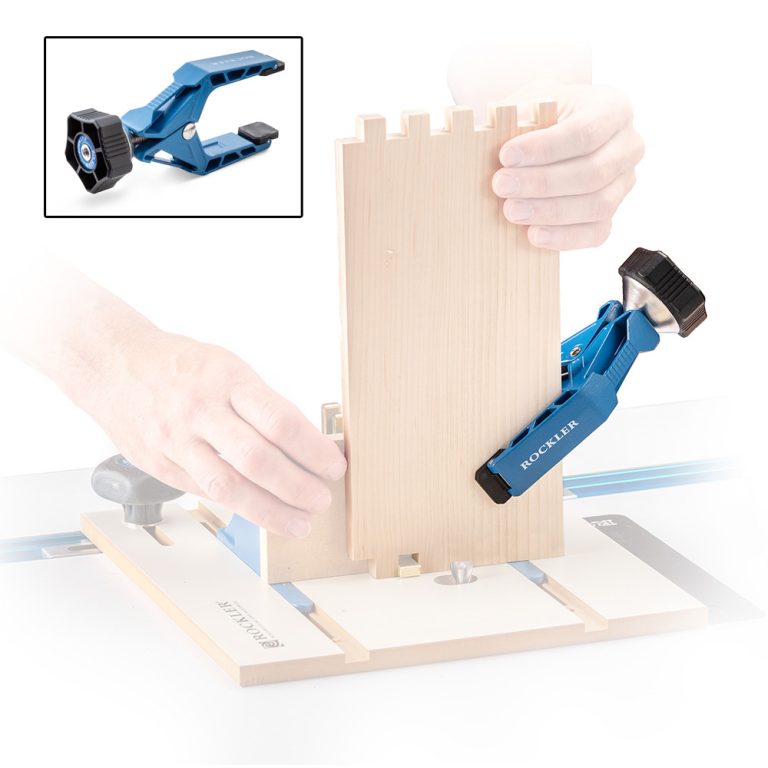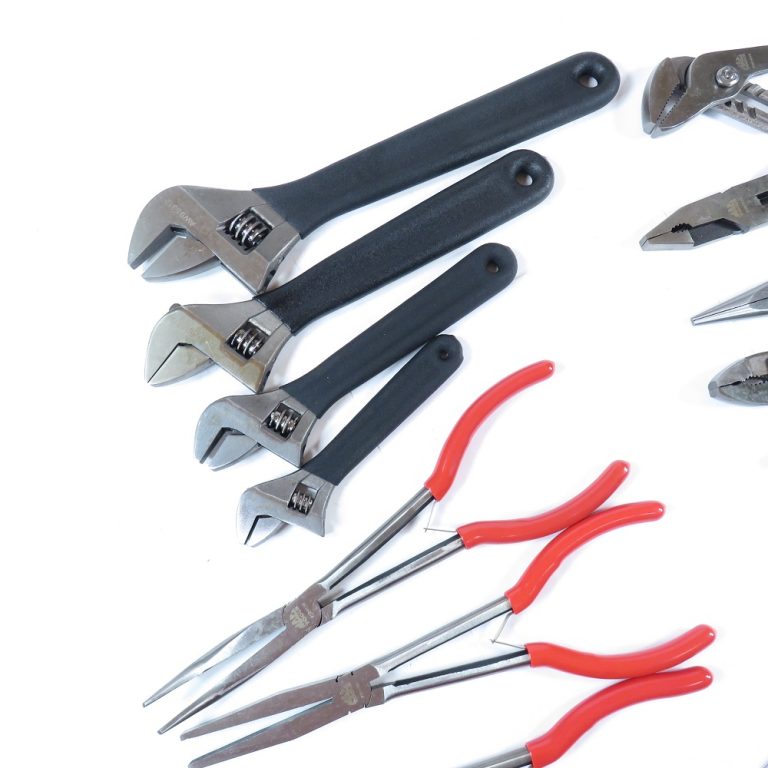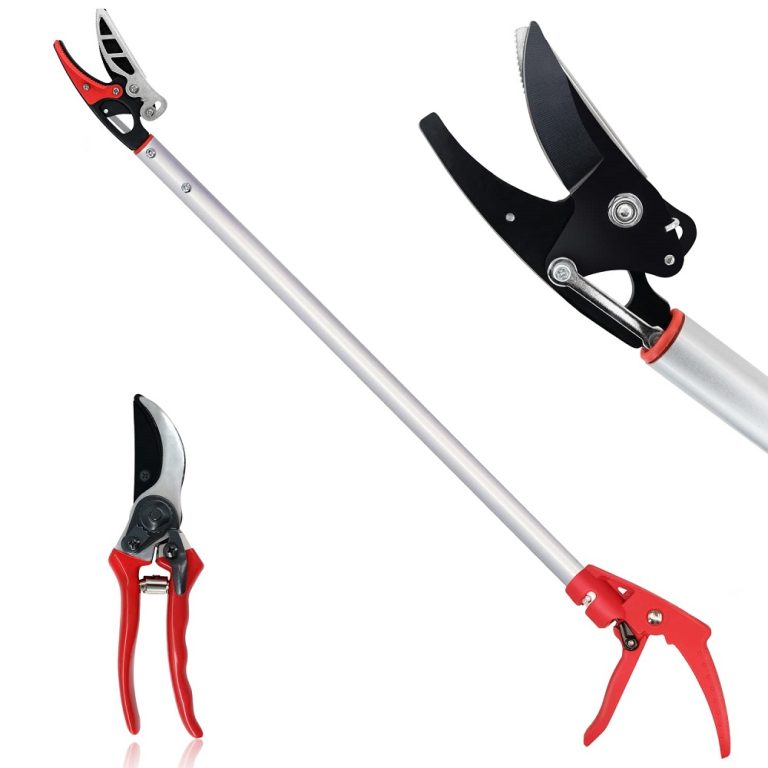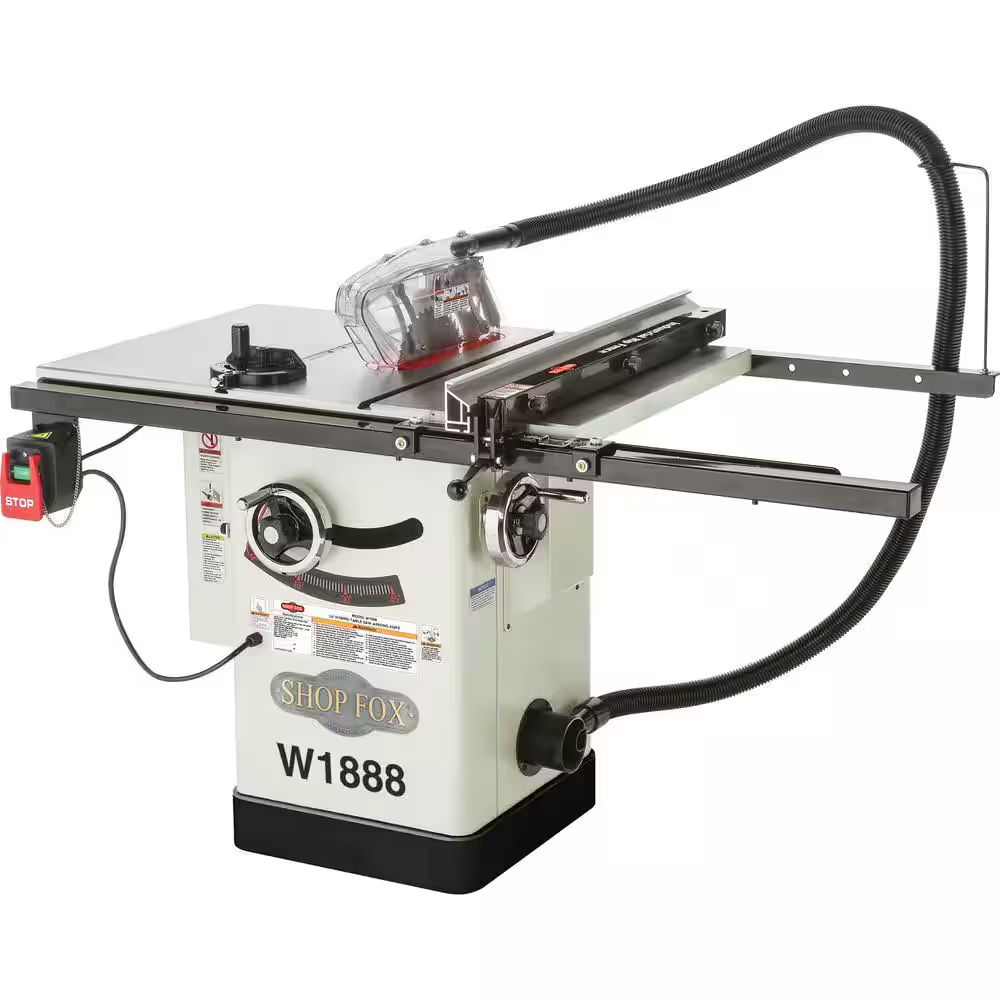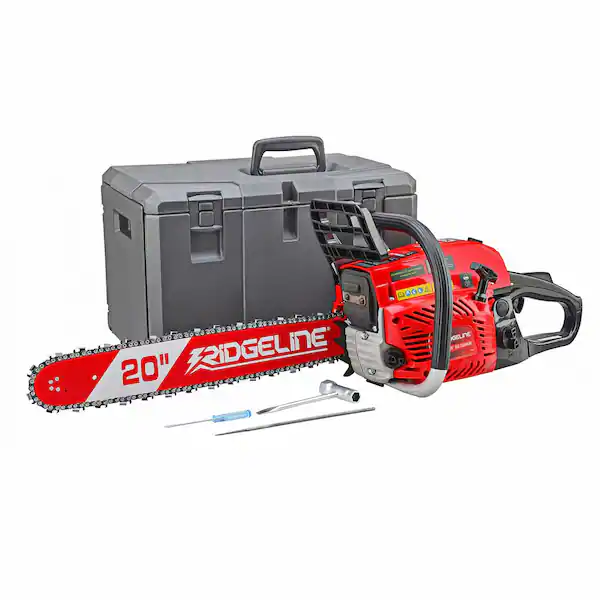Introduction to Mitre Saws
Mitre saws are essential for precise cutting. They’re ideal for making angled cuts. Carpenters and DIY enthusiasts often use them. A mitre saw can create clean crosscuts. It slices through wood quickly and accurately. They suit various projects, including molding and framing. Mitre saws differ in design and features. Some are basic, while others have advanced functions. In this guide, we explore different mitre saw types. We’ll also detail key features to look for. Plus, we’ll touch on safety and maintenance. By the end, you’ll know how to select the right mitre saw for your tasks.

Types of Mitre Saws
Selecting among the types of mitre saws depends on your specific project needs. We’ll evaluate three primary types. Each offers unique advantages for cutting precision.
Basic Chop Saws
Basic chop saws are the simplest form of mitre saws. They are perfect for straight, 90-degree cuts. Consider them for quick, rough cuts in projects where angles aren’t essential. They’re generally more affordable. This option is ideal for beginners or those with basic cutting needs. However, they lack the ability to angle cuts.
Compound Mitre Saws
Compound mitre saws step up in complexity. They can pivot the blade to cut at various angles. These saws can tilt in one direction for bevelled cuts. It makes them suitable for tasks like crown molding or picture frames. They offer more versatility than basic chop saws. Yet, they are still reasonably easy to use.
Sliding Compound Mitre Saws
Sliding compound mitre saws offer the most flexibility. They combine the features of a compound mitre saw with a sliding arm. This arm extends the reach, allowing cuts on wider pieces of material. They’re perfect for larger projects, like deck building or renovations. They are the most versatile, but also the most expensive. This type is best for seasoned DIYers or professionals.
Key Features to Consider
When choosing a mitre saw, key features can make a big difference.
Blade Size and Types
The blade is crucial for cutting performance. Mitre saws come with various blade sizes. Common sizes range from 8 inches to 12 inches. Larger blades cut through thicker materials. Also, blade types affect the cut quality. Some are for wood, others for metal or plastic. Choose a blade that matches your material and precision needs.
Motor Power and Speed
Power and speed determine a saw’s capability. Most mitre saw motors range from 10 to 15 amps. Higher amps mean more power for tougher materials. Speed is measured in revolutions per minute (RPM). A higher RPM offers cleaner cuts. Check the motor’s power and speed to match your project demands.
Mitre and Bevel Adjustments
Adjustments are vital for angled cuts. Mitre saws should adjust easily for accurate mitre and bevel cuts. Look for saws with easy-to-read scales and stops for common angles. This will make it easier to perform precise cuts quickly. Smooth adjustment mechanisms are also essential for ease of use.

Safety Features and Accessories
Ensuring safety is crucial when working with mitre saws. Alongside their cutting capabilities, modern mitre saws come with added features for both safety and accuracy which can greatly enhance your working experience.
Laser Guides and LED Lights
Laser guides are a key accessory for precision cutting. They project a straight line onto your material. This shows where the cut will be made. LED lights also help by illuminating the work area. Good lighting is important. It lets you see marks clearly and reduces errors. Incorporating these features can improve the accuracy of your cuts and your overall safety.
Dust Collection Systems
Working with mitre saws generates a lot of sawdust. Dust collection systems are critical. They keep the area clean and maintain visibility. This is not just about tidiness. It’s also a matter of health. Breathing in sawdust can be harmful. A good dust collection system will capture the majority of sawdust. This ensures cleaner air and a cleaner workspace. Always check that the mitre saw you choose has an effective dust collection system to keep your environment safe and operational.
Mitre Saw Brands and Price Ranges
When shopping for mitre saws, brand and price are key factors to consider. Different brands offer various levels of quality, durability, and features. The cost of mitre saws can vary greatly, often reflecting the complexity and capabilities of the saw. Let’s delve into the common brands and their typical price brackets.
Recognized Mitre Saw Brands
Popular brands like DeWalt, Bosch, and Makita are known for their reliable and high-performing tools. DeWalt is famous for its rugged designs and is a favorite among professionals. Bosch offers innovative technology and user-friendly features. Makita is well-regarded for its precision engineering and power efficiency. Other notable brands include Hitachi, Ryobi, and Milwaukee, each with its unique selling points.
Price Range Expectations
Basic chop saws are the most affordable, with prices starting as low as $100. These are useful for straightforward tasks that require less precision. Compound mitre saws, with their ability to angle cuts, range from $150 to $300. For sliding compound mitre saws, expect to pay from $250 to over $600. These top-tier saws offer the greatest versatility for complex projects.
In summary, choose a brand with a reputation for quality within a price range that fits your budget. Remember, a higher price often means more features and better materials. Your choice should hinge not just on cost, but also on the specific needs of your projects and the longevity you expect from the tool. By investing wisely, you can acquire a mitre saw that will serve you well for many years.
Maintenance and Care for Mitre Saws
Maintaining your mitre saw ensures longevity and safety. Here’s how to keep your saw in top shape.
Regular Cleaning
Clean your saw after each use. Remove dust and debris to prevent buildup. Check the saw’s base and blade for any trapped sawdust. Clean away resin or pitch with a solvent recommended by the manufacturer.
Blade Maintenance
Inspect your blade regularly for wear and tear. Look for dullness or damage. Replace blades that show significant wear. Sharp blades cut more efficiently and safely.
Lubrication
Oil any moving parts as needed. Refer to your manual for specific lubrication points. Proper lubrication keeps the saw running smoothly.
Checking for Accuracy
Calibrate your saw’s settings periodically. Make sure the angles and bevels are still precise. This will ensure your cuts are accurate.
Tighten Loose Parts
Go over your saw to tighten any loose bolts or knobs. This should be a routine check before each use.
Storage
Store your saw in a dry, dust-free place. Protect it from moisture to prevent rust. If possible, cover it to keep it clean.Follow these steps for maintenance and care, and your mitre saw will remain a reliable tool for years.
.jpg)
Final Thoughts: Matching the Saw to Your Needs
Selecting the right mitre saw boils down to your unique needs. Analyze your projects before buying. Consider the materials and the precision required. Don’t forget about the width and thickness of your workpieces. Basic chop saws will suffice for simple, straight cuts. Compound mitre saws are better for angled and beveled cuts. Choose sliding compound mitre saws for wide boards.
Think about how often you’ll use the saw. Occasional DIYers might not need an expensive, high-end model. But for heavy-duty work, invest in a durable and versatile saw. Consider safety features like laser guides and dust collection systems. They’re not just add-ons; they’re essential for accuracy and health.
Remember, the best mitre saw is one that fits your budget without compromising on necessary features. Balance cost with the benefits each saw offers. Look for a brand known for reliability and longevity. Factor in maintenance and care to keep your saw in top condition. By doing this, you ensure your mitre saw is a valuable investment in your toolkit. Happy cutting!
Common Mistakes to Avoid
Many users make common mistakes when operating mitre saws. One significant error is not securing the material properly. Loose materials can shift and cause accidental injuries or inaccurate cuts.
Another mistake is failing to plan cuts ahead of time. Rushing through projects often leads to mistakes. Taking time to measure and mark materials prevents wasted wood and time. Additionally, neglecting to use safety gear is a major oversight. Minor accidents can cause serious injuries, so implementing safety measures is critical.
Conclusion
In conclusion, mitre saws are indispensable tools for anyone in woodworking or construction. Their precision and versatility cannot be understated. Understanding the various types, features, and accessories can enhance project outcomes.
Moreover, prioritizing safety and maintenance ensures long-lasting performance. By avoiding common mistakes, users can improve their skills and efficiency. Investing time in learning about mitre saws pays off with better craftsmanship. Embracethe benefits of this powerful tool to elevate every project.
